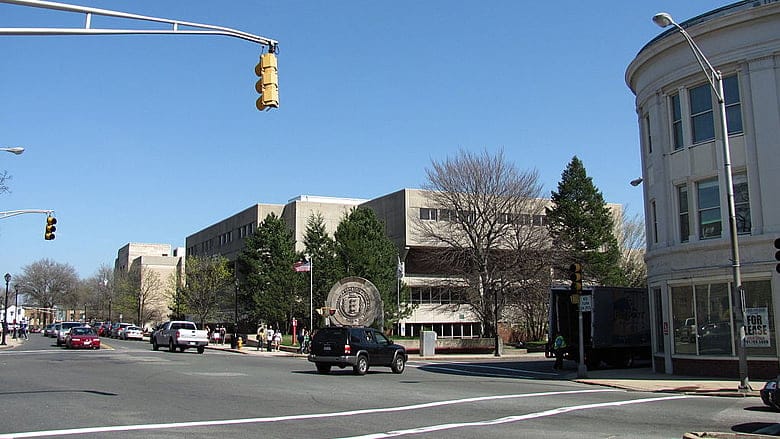The most diverse Massachusetts high schools

MALDEN – Malden High School and Cambridge Rindge & Latin school are the most racially and ethnically diverse public high schools in Massachusetts, while religiously affiliated schools are among the most diverse private schools in the Bay State, according to reports released by the education research website Niche.
At Malden High School, 28 percent of the 1,835 students are white; 24 percent are Asian; 22 percent are African American; 19 percent are Hispanic; and 3 percent identify as multiracial, according to the report. The report also notes that nearly 59 percent of Malden High School students receive free or reduced lunch.

